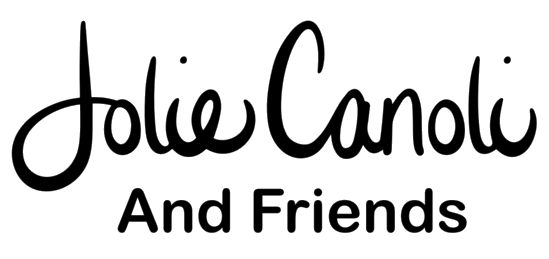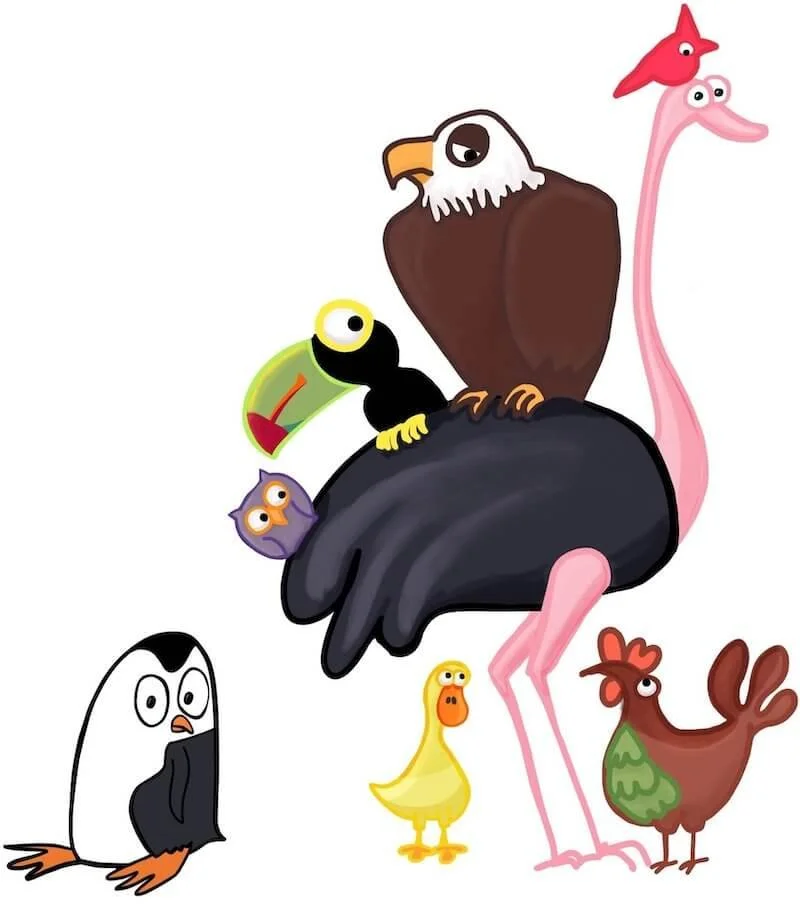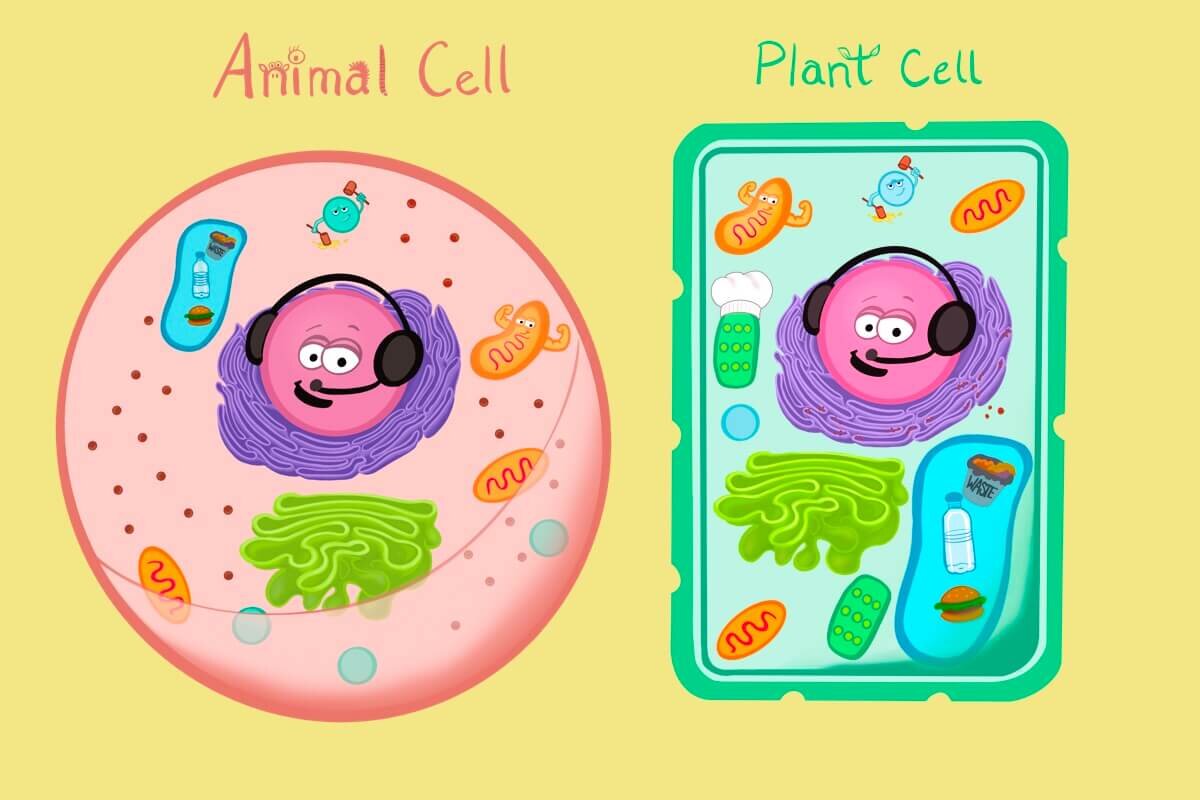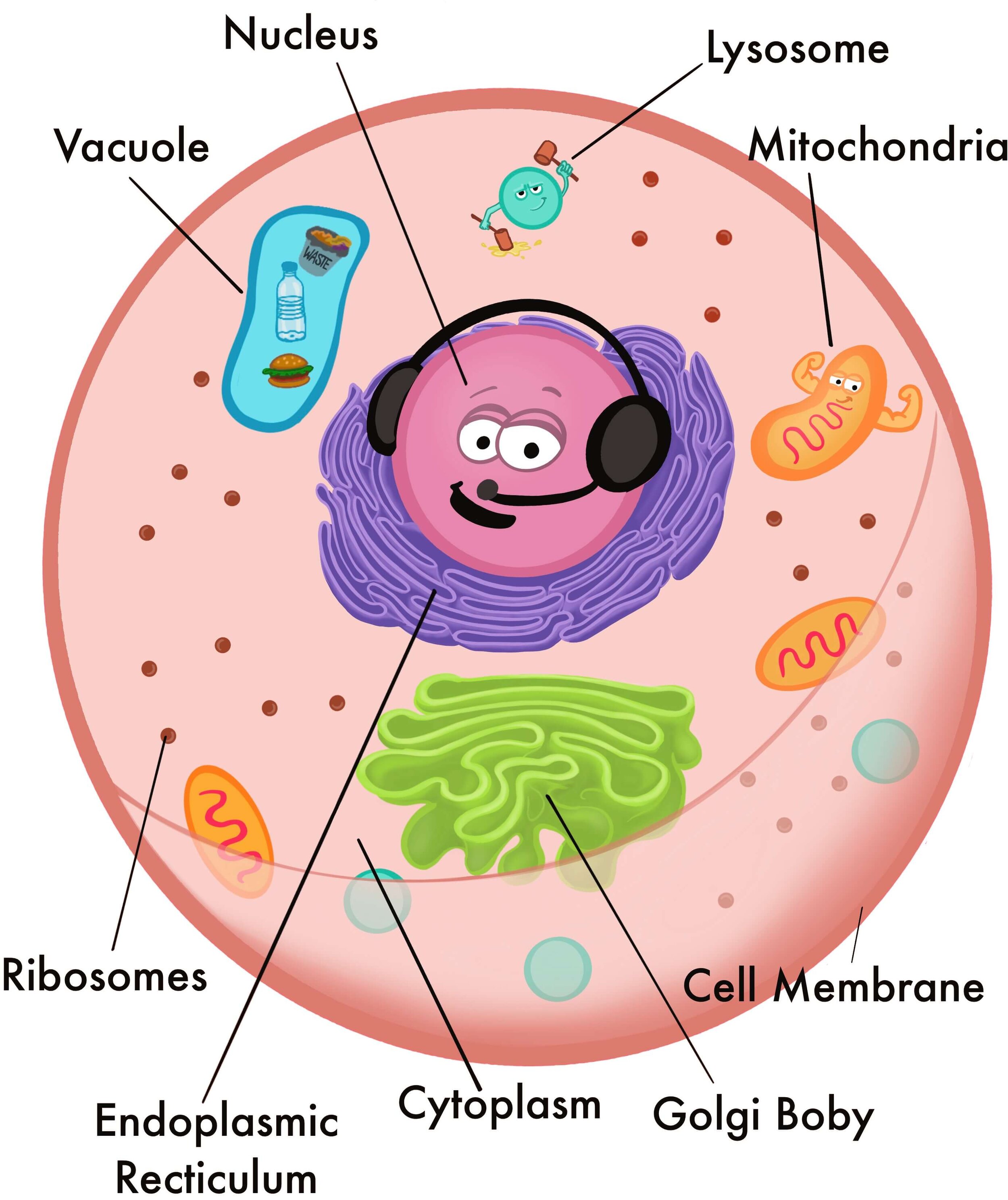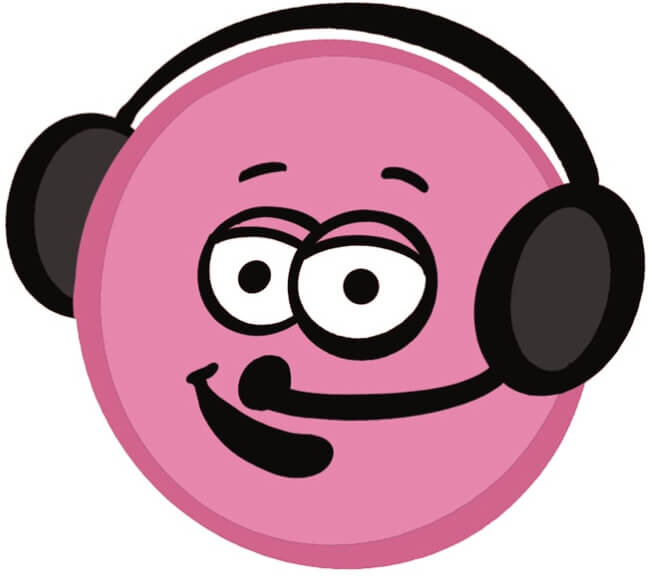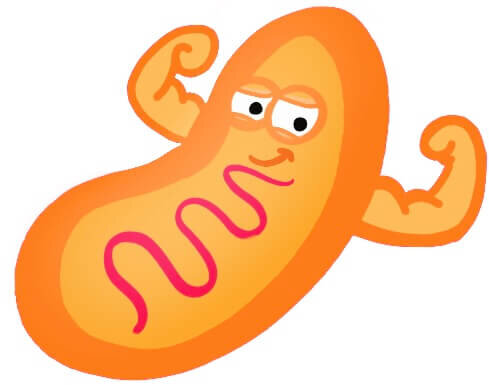Vertebrates are animals with a backbone (think vertebrae). These are the creatures we usually think of when we think of animals. Vertebrates have tremendous diversity in shape, size, ability, and characteristics. They are truly wondrous creatures! The 5 classes of vertebrates are:
Fish, Amphibians, Reptiles, Mammals, and Birds.
I personally love the vertebrates, as many cute animals are part of this group— including my adorable human children. For a long time I wondered things like… what is the difference between an amphibian and a reptile? Or what makes a penguin a bird when it can’t swim? And why is a whale a mammal, and not fish?
As we study this different groups we find the answers to these questions!
Why are dolphins and whales mammals?
Mammals give birth to live young, feed them milk from mammary glands, breathe air, and have hair. So why are dolphins and whales mammals? You can probably figure out from the my short list above— whales and dolphins are born alive, and they get mother’s milk— even under water! And even though they spend their entire lives in the sea, they have lungs and breathe air. They can hold their breath for a very, very long time, but they have blow holes on their heads to catch a breath by touching the surface of the water. But wait— do whales and dolphins have hair? Why yes, they do! They have very little, but they do indeed have tiny little hairs. Whales have tiny hairs on their heads, and dolphins have whiskers!
What is the difference between a reptile and an amphibian?
How is it a lizard isn’t in the same group as a salamander? They look awfully similar! But a lizard is a reptile, and a salamander is an amphibian.
Both Reptiles and Amphibians lay eggs, are cold blooded creatures, and have four legs (snakes and caecilians being the exception). Yet these two group have some big differences. Reptiles have claws and scales, while amphibians have slimy skin and undergo metamorphosis.
Amphibians are named for their two lives— “amphi” means both— and these creatures are born like fish and mature to be land animals. Amphibians start as eggs laid in water, and like a fish, hatch swimming in water. Most amphibians even have gills— but not for long. As they grow, they develop lungs and live on the land. So while lizards and salamanders look a lot alike, they live very different lives.
How is a penguin a bird if it can’t fly?
Birds have feathers, lay eggs, and have beaks. Most birds live half in their nests, and half flying in the skies. However some birds don’t fly— like ostriches and penguins. Penguin feathers are coated with oil which resists the water so they can swim. Their different types of feathers—plumules, filoplumes, and after feathers— are perfectly suited to keep them warm in icy waters, and to help them “fly” underwater. These birds can live in the coldest climates on earth.
Ostriches, cassowaries, emus, rheas, and kiwis can’t fly because they don’t have a keel. The keel anchors the birds pectoral wing muscles together so they can get the lift they need to fly. These birds also don’t have the enough interlocking wing feathers for flight. Interlocking wing feathers are aerodynamic and perfectly suited to press against the air to catch flight. Instead these birds use their wings for balance, steering, and keeping cool.
I hope you found some answers to your questions and had fun learning about these unique animals!
You can learn all about vertebrates in the free PDF lesson below, or order the new Jolie Canoli Life Science book!
